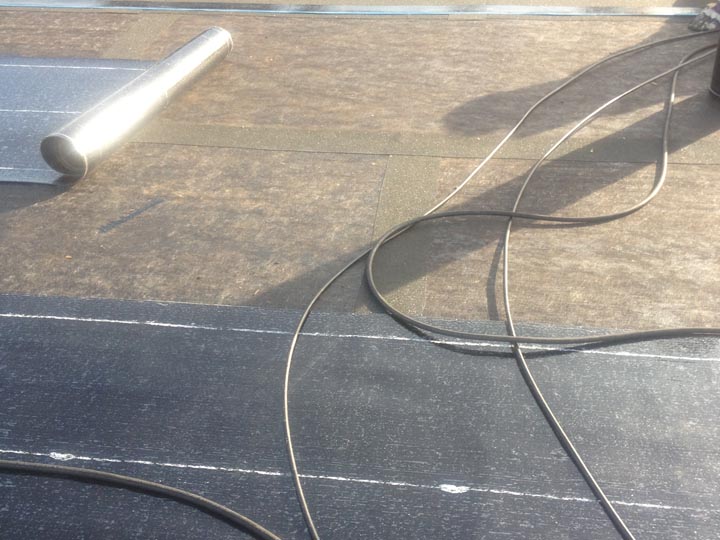Avoid Major Roof Repairs
June 7th, 2023
Roofing contractors will tell you that one of the leading contributing factors to roof deterioration is improper maintenance. Homeowners often expect that their roof is in good condition if it can survive major weather events; but if you have to wait for a storm to learn that it needs repairs, you’ve waited too long. Even minor leaks during a moderate rainstorm may be a sign of more significant problems; and since your roof provides important structural support to your home and protection to your belongings, it is vital that you ensure it is cared for properly.
Roofing materials and fixtures should be inspected regularly to spot the early signs of damage and prevent leaks and more significant issues. Just as you would carefully clean and protect the internal aspects of your home, you need a professional roofer to clean and protect your roof. The following guidelines will help you keep your roof in good condition so that major problems do not arise.
- · Have your roof inspected at least twice a year for signs of damage. Professionals recommend roof inspections at the end of winter and beginning of fall as the fall and winter months generally bring the most damaging weather with respect to roofs.
- · External roof inspections are important, but also look for signs of damage internally. Search every room and your attic for water spots on the ceilings and walls. Make sure to check in closets and storage spaces and even look behind furniture. Water spots and mold are indications that your roof may have a leak. You’ll need to find the source of any water spot to avoid dry rot, mold, and even pest infestation.
- · In your attic, check beams and rafters for signs of water damage. Mark water spots so you can easily determine if they are growing – a sure sign of a roof leak.
- · External roof inspections should focus on the overall quality of the roof as well as closer inspections of roofing materials and fixtures. A professional roofer will assess the condition of your roof’s major features being careful to spot moss or algae growth. They’ll check the flashing and eaves, as well as gutters to ensure they are draining properly. If they notice parts of your roof sagging, this is an indication of more serious structural damage, and your roofing contractor will recommend the necessary repairs.
- · Hire a roofing professional to take a walk on your roof for a more refined inspection of fixtures and materials. If they spot missing shingles or damaged flashing around chimneys and other fixtures, your roofer will need to conduct some repairs.
- · Always consult a professional roofer when you are not confident in your abilities. Roofing repairs and installation require specialized skills, tools, and safety equipment that you likely do not own. Nevertheless, maintaining the condition of your roof is crucial to protecting your home and belongings.




